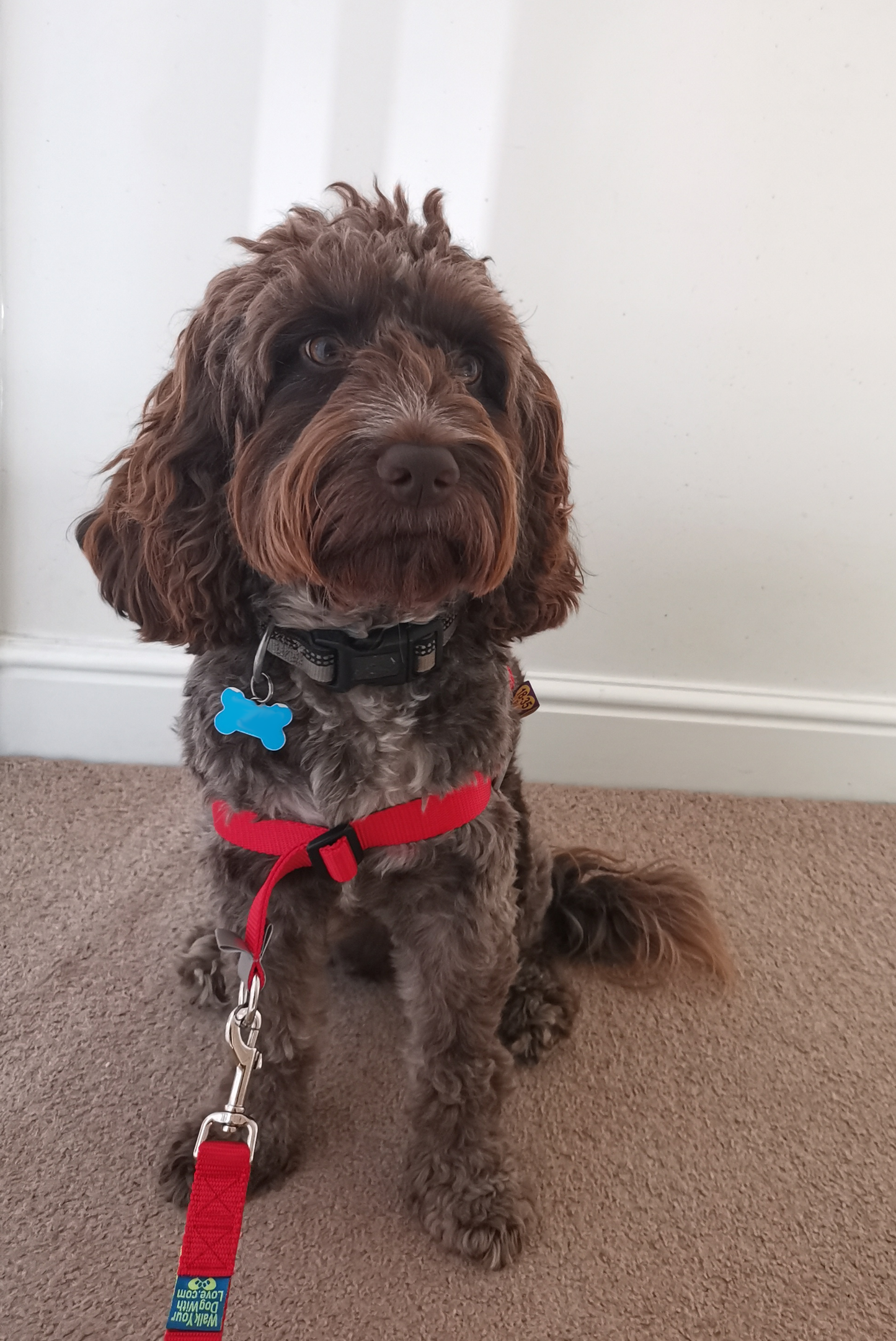Dogs communicate primarily through body language, and understanding these signals can greatly enhance your relationship with your furry friend. By learning to read your dog's body language, you can better understand their emotions, needs, and intentions. Here are some key aspects of dog body language to help you interpret what your dog is trying to tell you.
1. Tail Position and Movement
The tail is one of the most expressive parts of a dog's body. Here’s what different tail positions and movements typically mean:
- Wagging Tail: A wagging tail usually indicates happiness and excitement, but the speed and direction of the wag can provide more specific insights. A fast wag with wide swings often signifies friendliness, while a slow wag can indicate caution.
- High Tail: When a dog holds their tail high, it often means they are confident and alert. However, if the tail is stiff and bristling, it may indicate aggression or a challenge.
- Low or Tucked Tail: A tail held low or tucked between the legs usually signifies fear, anxiety, or submission.
2. Ear Positions
A dog's ears can reveal a lot about their emotional state:
- Ears Forward: Ears pointed forward typically indicate that the dog is alert, interested, or curious about something.
- Ears Back: Ears flattened against the head can be a sign of fear, anxiety, or submission. However, some dogs also fold their ears back when they are being affectionate.
- Neutral Ears: Ears in a relaxed, neutral position indicate that the dog is calm and comfortable.
3. Eye Contact and Expression
Your dog’s eyes can convey a range of emotions:
- Direct Eye Contact: Direct eye contact can be a sign of confidence or a challenge. In a friendly context, it can also indicate trust and attentiveness.
- Avoiding Eye Contact: Avoiding eye contact or looking away is usually a sign of submission or discomfort. It can also indicate that the dog is trying to avoid conflict.
- Soft Eyes: Relaxed, soft eyes with a gentle gaze indicate that the dog is calm and content.
- Hard Stare: A hard, intense stare often signifies aggression or a desire to assert dominance.
4. Mouth and Facial Expressions
A dog’s mouth and facial expressions can provide clues about their feelings:
- Relaxed Mouth: A slightly open mouth with a relaxed tongue is a sign of a happy and relaxed dog.
- Lips Pulled Back: When a dog pulls their lips back to show their teeth, it can be a sign of fear or aggression. A snarl often accompanies this expression.
- Yawning or Lip Licking: Dogs may yawn or lick their lips when they are stressed or anxious. These behaviors can also be appeasement signals in social situations.
5. Body Posture
A dog’s overall body posture can reveal their mood and intentions:
- Relaxed Posture: A dog with a loose, relaxed posture is comfortable and at ease.
- Tense Posture: A stiff, tense body often indicates stress, fear, or aggression. The dog may be preparing to react defensively or assertively.
- Play Bow: When a dog lowers their front legs and raises their rear end, they are inviting play. This posture is a clear signal of friendly intentions.
6. Vocalizations
While body language is crucial, vocalizations also play a role in canine communication:
- Barking: Dogs bark for various reasons, including excitement, alertness, or to get attention. The pitch and frequency of the bark can provide additional context.
- Growling: Growling is usually a warning signal indicating that the dog feels threatened or is protecting something valuable.
- Whining: Whining can indicate distress, anxiety, or a desire for attention.
Conclusion
Understanding your dog's body language is key to building a strong, communicative relationship with your pet. By paying attention to their tail, ears, eyes, mouth, and overall posture, you can gain valuable insights into their emotions and needs. This understanding helps you respond appropriately to your dog's signals, fostering a deeper bond and ensuring a happy, well-adjusted companion. Remember, every dog is unique, so take the time to learn the specific nuances of your dog's body language.










